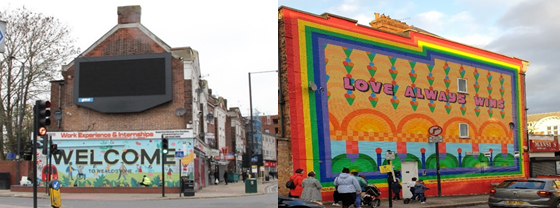Harrow coordinated its economic recovery planning with six other authorities in the West London Alliance.
Harrow coordinated its economic recovery planning with six other authorities in the West London Alliance. The sub-region’s GVA is £80bn with large employers in life sciences, aviation and manufacturing. However, over one third of neighbourhoods are in the top 10 per cent most deprived in the country.
Harrow’s economy differs from other WLA authorities; 87 per cent of Harrow's businesses employ four people or fewer, the highest proportion of microbusinesses of all West London boroughs, & only 2 per cent of businesses employ over 20 people, the lowest level within West London. During summer 2020 Harrow’s unemployment trebled, youth unemployment grew to over 10 per cent, and a third of the local workforce were furloughed. Senior officers recognized that the lockdown was accelerating structural changes such as automation, brick to click, and green growth that Harrow would have needed to adapt to anyway.
The Council had to develop a recovery plan that reflected the local context outlined in its 2030 Borough Plan. Its recovery work focused on organic growth; building on its knowledge economy, regenerating its High Streets, leveraging its capital programmes to accelerate the green economy and grow jobs, and tackling inequality, promoting racial equality, and creating opportunities for young people.
Given the number of job losses, its plans are built on supporting Business Growth & Job Creation, and Skills and Employment, helping residents to upskill and secure employment. It has initiated a range of interventions delivering immediate, medium and long-term economic impacts to help residents into work, support business survival and growth and provide the infrastructure support its High Streets and commercial hubs.
What stands out about the approach that Harrow took to recovery planning was its emphasis on the long term, data informed policy development and its use of outcome and output metrics, and KPIs to measure success. For example, the council bought a business insights dataset to analyse the needs of its large small and micro businesses community, mapped growth sectors and identified skills gaps; then looked at all the potential levers across the council and its partners to develop a suite of potential options to address them.

